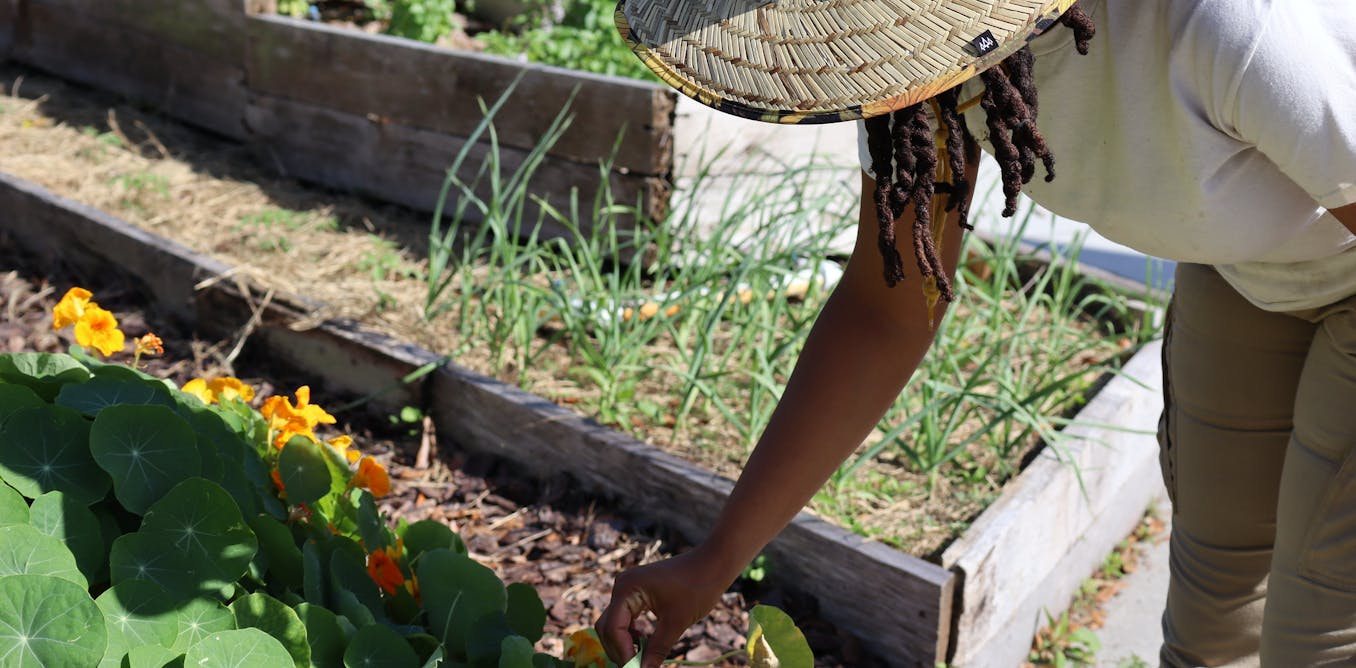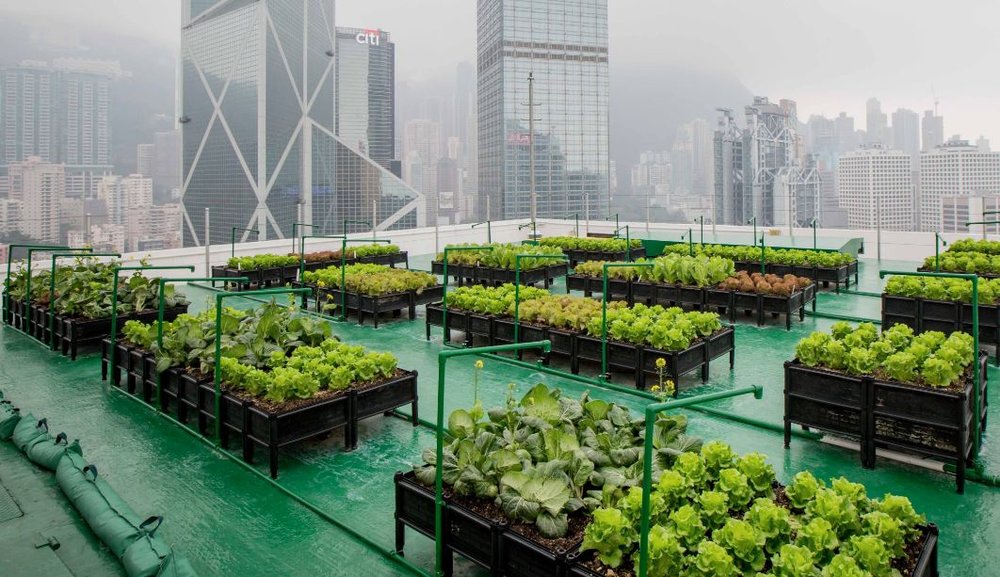Rumored Buzz on City Blooming
Rumored Buzz on City Blooming
Blog Article
The 25-Second Trick For City Blooming
Table of ContentsThe smart Trick of City Blooming That Nobody is DiscussingFascination About City BloomingUnknown Facts About City BloomingThe Ultimate Guide To City BloomingLittle Known Facts About City Blooming.
Fascinated in growing food for sale in the City of Chicago? Below is a checklist of frequently asked concerns regarding the regulations and policies that growers ought to take into consideration when planning a metropolitan agriculture job.
The zoning amendment does not modify any type of various other codes dealing with composting, building licenses, acquiring or leasing City owned property, organization licenses or environmental contamination. There are existing codes that control these issues and they stay completely effect and may apply to your task. Community gardens are typically had or handled by public entities, public organizations or community-based organizations and maintained by volunteers.
Urban ranches expand food that is planned to be sold, either on a not-for-profit or for-profit basis. As a result of their industrial function, city ranches need an organization certificate. Yes. An area garden is permitted to offer surplus produce that was grown on site if the sales are accessory or subservient to the yard's key function explained above.
Facts About City Blooming Revealed
Composting is enabled but just for plant material that is created and utilized on site. The quantity of compost product can not exceed 25 cubic backyards at any given time according to the standards in 7-28-715 of the City's Municipal Code. Yes. Since the soil at most brand-new garden websites needs amending, garden compost, dirt, wood chips, or various other products can be acquired to create or improve the expanding space - eco-friendly practices.

If a building license is called for then the hoophouse will be taken into consideration an accessory structure. You can figure out more regarding the building authorization needs by speaking to the Division of Structures. The 25,000-square-foot size limitation is meant to stop a single neighborhood yard from dominating a given block or interfering with the block's existing household or industrial personality.
The limit does not relate to gardens found in Public Open Space (POS) areas. Can there be even more than one community garden that is 25,000 square feet on a single block? Yes. The dimension limit relates to individual gardens, not to individual blocks. No. Secure fencing is not needed, nevertheless, gardens that have large parking lot may be called for to mount fencing or various other landscape design functions.
City Blooming for Dummies
B1 & B2 districts call for that all commercial usage activities be conducted indoors. R areas limit industrial activity. The guidelines show the function and intent of the Zoning Code. Is fence needed for urban ranches? Yes. Fences might be called for, in addition to landscaping and testing, for sure parking areas and exterior work or storage space locations depending upon location and the particular activity happening.
Urban farms require structure permits and zoning approvals prior to building (sustainability). Other kinds of city review might be needed depending on certain structures, activities, size, landscape design, licensing, public heath and stormwater administration problems.
Yes. The kind of license is established by what Visit Your URL is happening at the site. The Department of Company Affairs and Customer Security can aid determine the particular sort of service license that's needed. Yes. Off street auto parking is needed for the majority of industrial projects in Chicago. The called for number of garage is based on the number of workers dealing with site and not the square video of the expanding space.
The Definitive Guide to City Blooming

A city farm can market compost product generated on website, nevertheless, the procedure has to abide with the laws in 7-28-715 of the Chicago Municipal Code. Aquaponic systems are enabled inside your home on city ranches in lots of zoning areas.
Approximately 5 hives or swarms of honey might be maintained as an accessory usage. Beekeepers need to register with the Illinois Department of Agriculture. For more details concerning the suggested zoning amendment you may call the Department of Housing and Economic Development, Bureau of Planning and Zoning at 312.744.8563.
Farming in cities and metropolitan locations A metropolitan ranch in Chicago. Urban agriculture describes different methods of growing. https://clean-gondola-5c7.notion.site/City-Gardening-Transforming-Urban-Spaces-7213d2fdc6c341e8bd8975e4c2f79126?pvs=4, processing, and dispersing food in city areas. The term likewise uses to the area activities of pet husbandry, aquaculture, beekeeping, and horticulture in an urban context. Urban agriculture is differentiated from peri-urban agriculture, which occurs in backwoods at the edge of suburban areas.
The Only Guide for City Blooming
, that seek to develop social networks started on a common values of nature and neighborhood holism. These networks can develop by method of formal institutional support, ending up being integrated right into local community preparation as a "transition town" motion for lasting metropolitan growth.
The extra straight access to fresh veggie, fruit, and meat items that might be know with city farming can improve food safety and security and food safety and security while reducing food miles, leading to reduced greenhouse gas emissions, consequently adding to environment modification mitigation. Some of the very first proof of urban agriculture comes from Mesopotamia.
Report this page